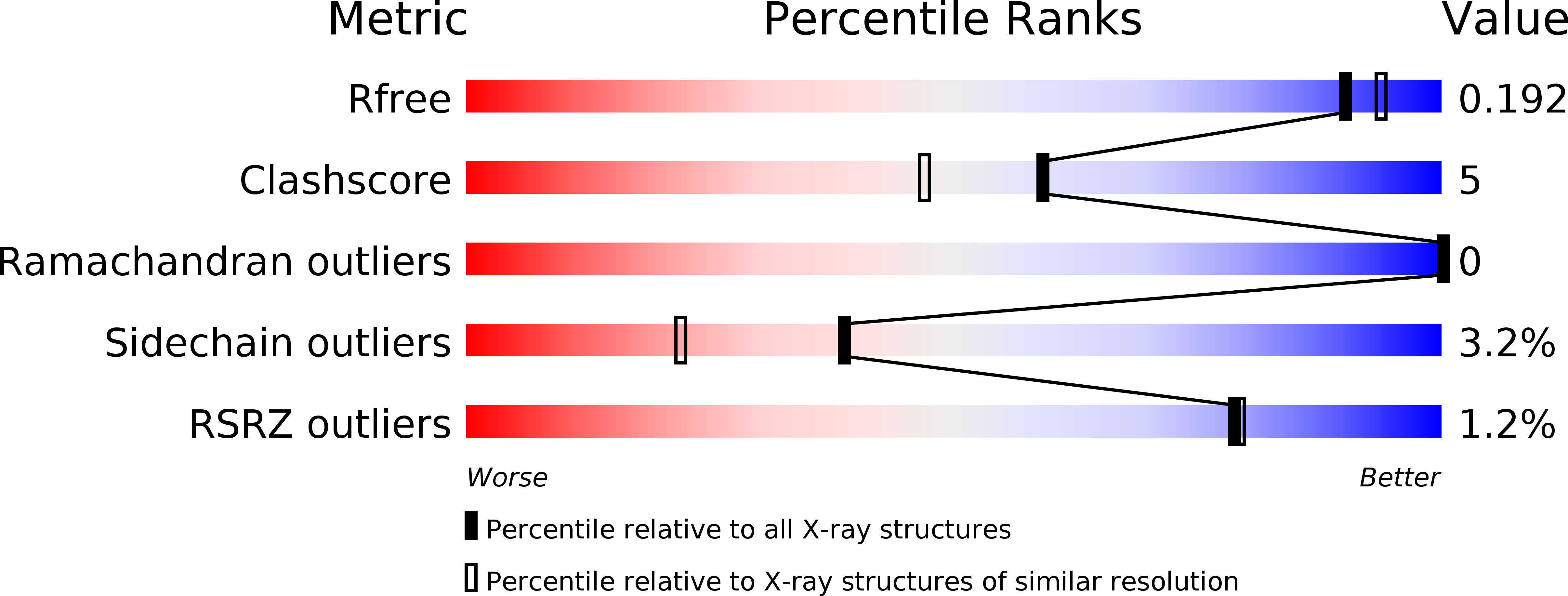
Deposition Date
2010-03-21
Release Date
2010-11-17
Last Version Date
2023-12-20
Entry Detail
PDB ID:
2X9J
Keywords:
Title:
Structure of the Mutant D206N of Phycoerythrobilin Synthase PebS from the Cyanophage P-SSM2 in complex with bound substrate Biliverdin IXA
Biological Source:
Source Organism:
PROCHLOROCOCCUS PHAGE P-SSM2 (Taxon ID: 268746)
Host Organism:
Method Details:
Experimental Method:
Resolution:
1.85 Å
R-Value Free:
0.19
R-Value Work:
0.15
R-Value Observed:
0.15
Space Group:
P 1 21 1


